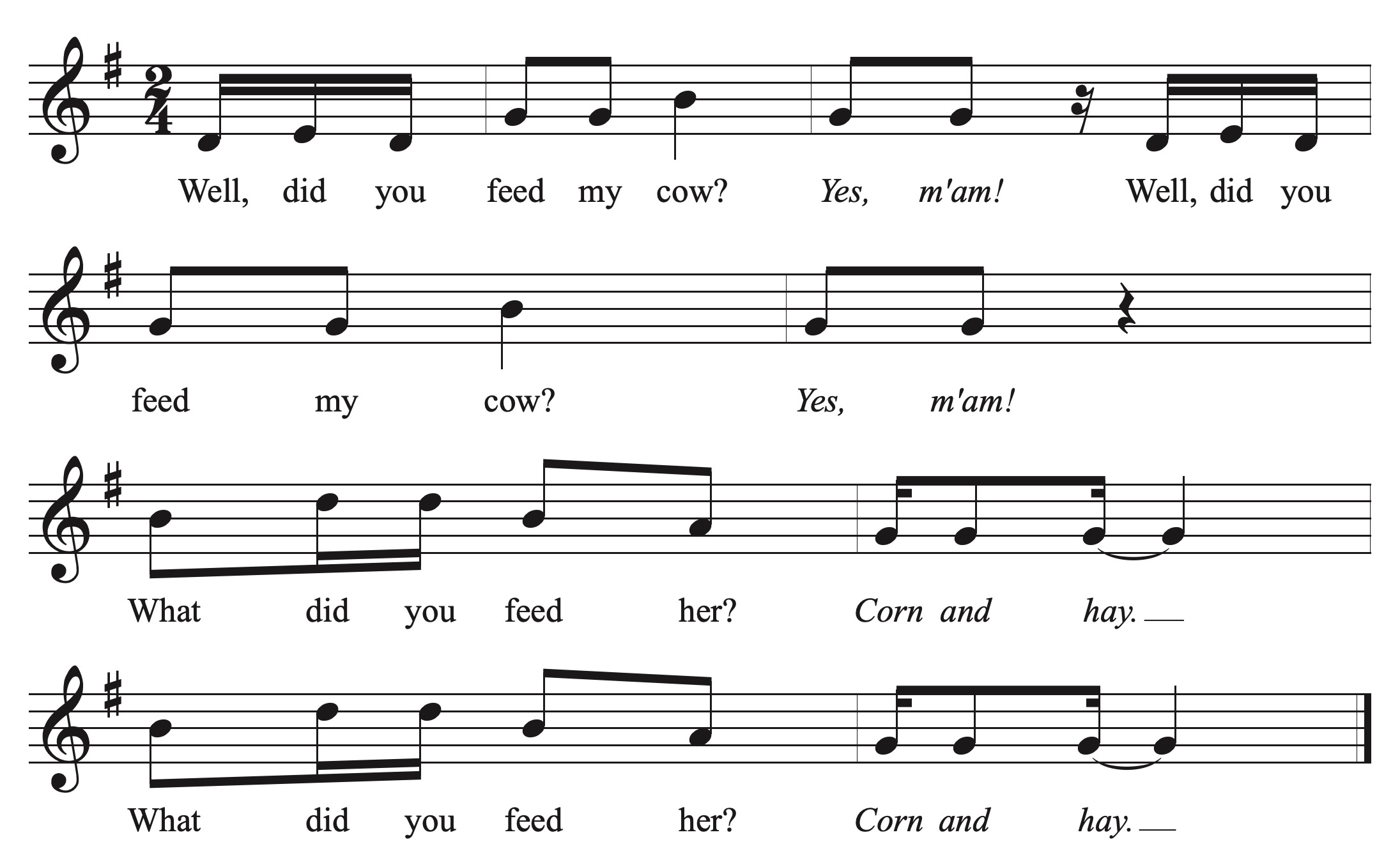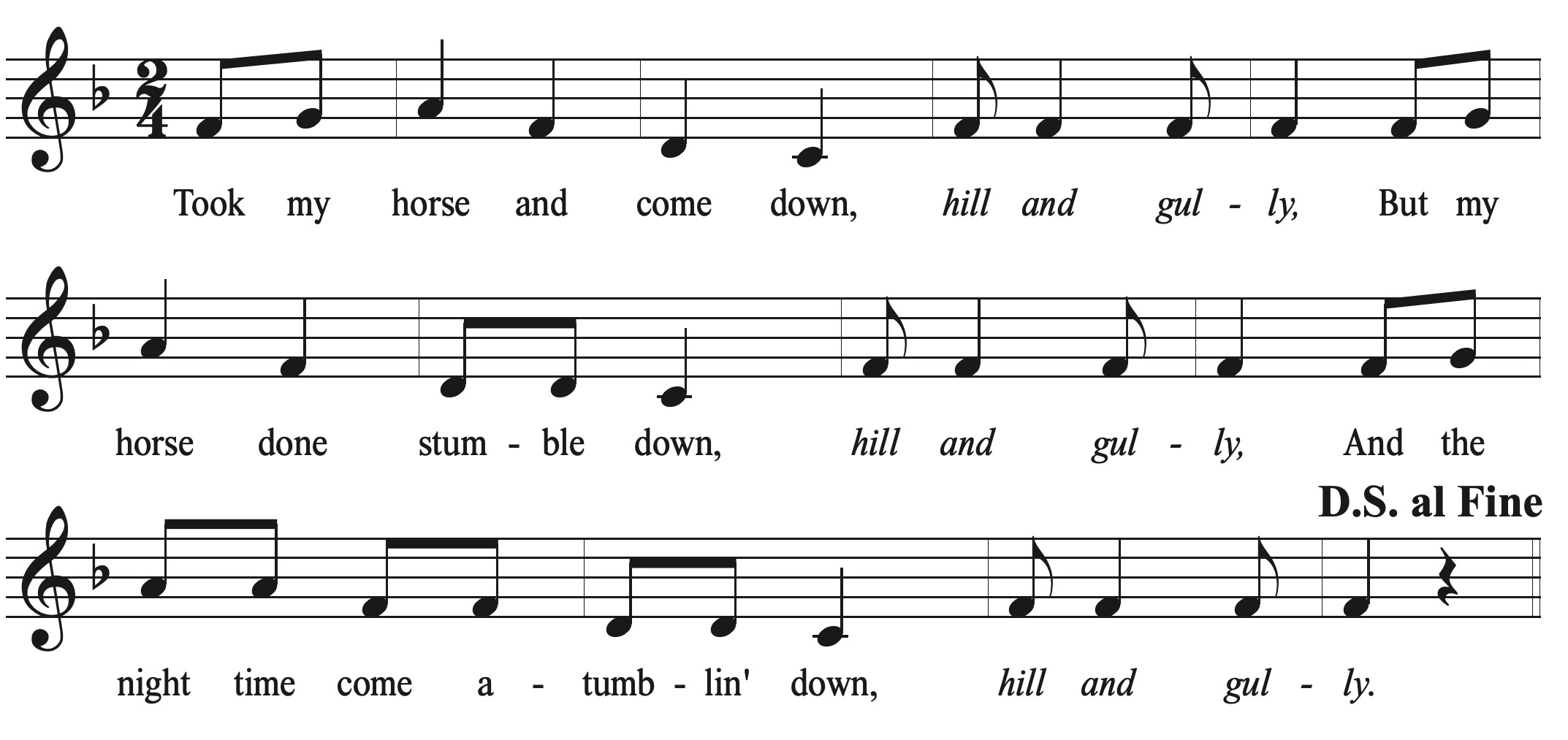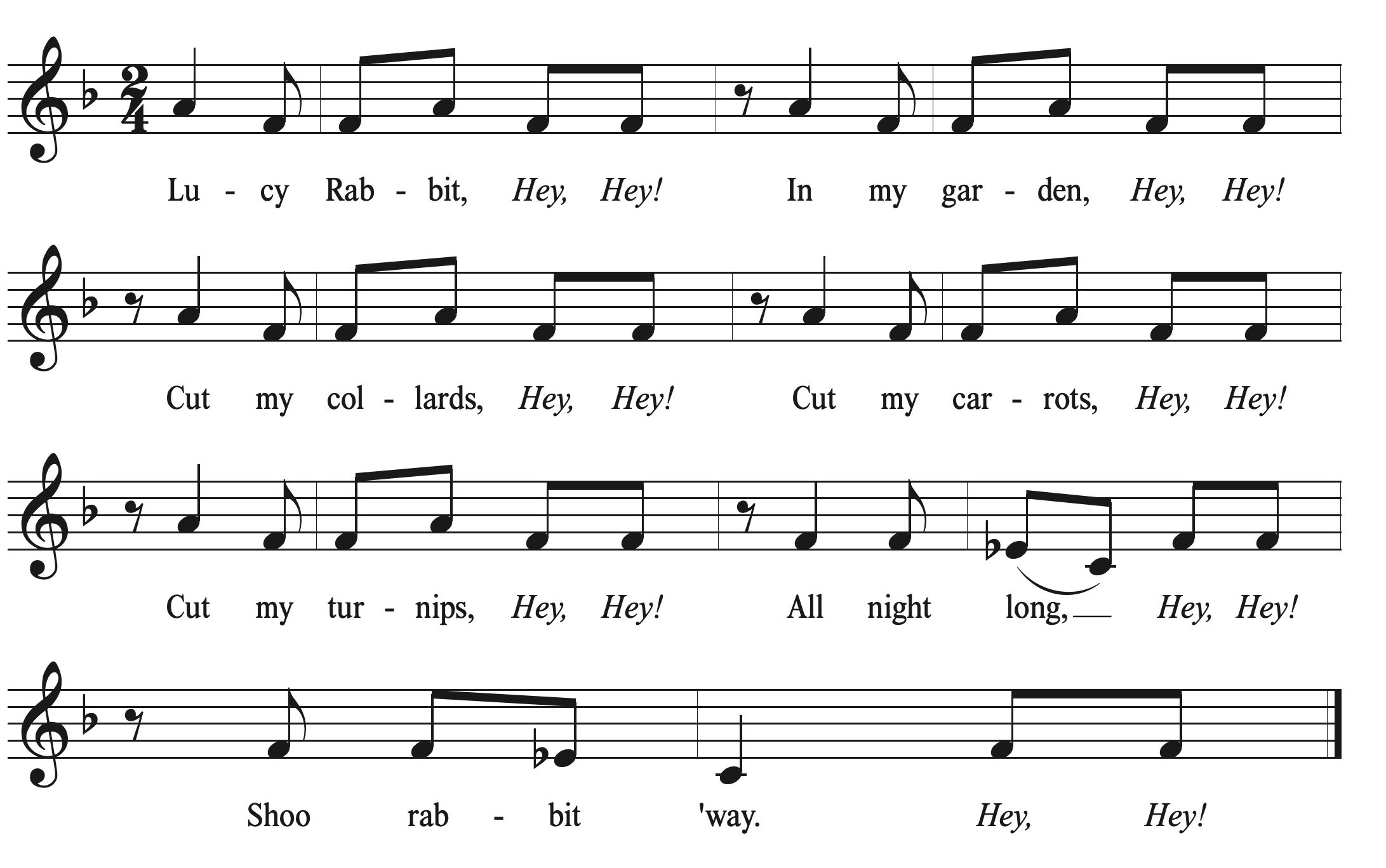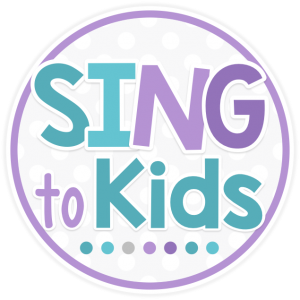
The Case for Resting Tone
Singing the resting tone (or home tone) is a simple and easy way to get your students audiating the tonality of a song. In a Music Learning Theory for Newborn and Young Children, Edwin Gordon identified the awareness and performance of resting tone in Imitation as a readiness for music learning.
As music teachers, we often ask students to imitate us. We ask them to echo patterns, phrases to songs, ostinati, etc. What if instead of echoing us, we asked them to think critically about what they are hearing? What if instead of echoing us, we asked our students to be different than us? A simple step towards that is singing the resting tone.
Singing the resting tone helps students in a variety of ways. It gives students an opportunity to audiate and perform one pitch before singing multiple pitches in a pattern. It demonstrates the beginning of audiation in students. It also sets a foundation for understanding tonality (naming a resting tone connects it to a tonality – e.g. “Do” is the resting tone for Major – without theoretical explanations or understanding).
Teaching Resting Tone Activities
Incorporating resting tone activities in your instruction is easy to do! The simplest way is to tell your students that instead of singing a song, you would like them to sing the resting tone of the song. Model singing the resting tone for them. (If I’m working with Kindergarten students, I simply sing the pitch on a neutral syllable. If I’m working with First Grade and older, I use the solfege for the pitch.) Tell your students you are going to sing a song to them. Anytime you stop and gesture to them, they are to sing the resting tone. If they sing before you gesture, YOU get a point. If they sing after you gesture, THEY get a point.
Why is the gesture important? Think back to why we’re teaching resting tone to students – to help them audiate tonality! If you gesture for them to sing, they have to hold the resting tone in their audiation! It’s a simple game that helps students audiate AND watch conductor cues as well. I can tell you that my students do not like to lose, so only it takes me winning a point before it’s game on!
If your students aren’t successful the first time, don’t worry! Rarely do we get things right the first time we try something! Keep trying! Below are some of my favorite ways to teach (and reteach) resting tone in my elementary music classroom.
- Bean bags (give a bean bag a ride, drop and sing the resting tone)
- Resting tone button (student touches the button and sing the resting tone)
- Object toss (resting tone ball, Nerf football)
- Die-cuts (similar to bean bags, but less expensive)
- Cone Puppets (when puppet pops out, students sing the resting tone)
- Bubbles (pop the bubbles and sing the resting tone)
- Scarves (blow the scarf and sing the resting tone when the scarf falls to the floor)
- Hoberman Sphere (place the Hoberman Sphere in an open position, sing the resting tone when it closes)
- Jump (sing the resting tone as you land)
- Handshake/First Bump/High Five (sing the resting tone as you greet the student)
- Arioso (sung on the resting tone )
- Resting Tone ostinato
- Call & Response songs
Call and response songs are great to use with older students who still need work on resting tone, but need to do so in a more age-appropriate way. Here are a few of my favorite resting tone call & response songs.
Did You Feed My Cow

Hill and Gully Rider


Lucy Rabbit






Connect with me!